Selecting the best light bulbs for your home or workplace is an essential step, particularly if you or someone you know is managing epilepsy. For individuals with photosensitive epilepsy, exposure to certain types of light and visual patterns can trigger seizures, making it crucial to understand which lighting options can diminish the risk. While there’s no one-size-fits-all answer, there are features of light bulbs that can minimize the potential for seizures, such as types with more consistent light emissions and those that avoid aggravating frequencies.

Knowledge of how different light bulb technologies impact individuals with epilepsy is key to making safer choices. Incandescent and LED bulbs, for instance, typically pose less risk than fluorescent lights, which can flicker and emit a spectrum of light that may induce photosensitivity. Taking into account factors like the emitted wavelength, color temperature, and intensity, along with practical lighting techniques, can create an environment that is both comfortable and conducive to the needs of those sensitive to light. Moreover, considering non-visual effects of light on epilepsy, such as the potential to influence circadian rhythms, is part of a holistic approach to managing seizure risk.
Key Takeaways
- Certain light bulb features and technologies can minimize the risk of triggering seizures for those with epilepsy.
- Understanding one’s individual response to light and patterns is essential in selecting safe lighting options.
- Creating an optimal environment involves more than just choosing the right bulbs; consider lighting techniques and potential non-visual effects.
Understanding Epilepsy and Light Sensitivity
When it comes to managing epilepsy, understanding how light sensitivity impacts seizures is crucial for your safety and well-being.
What Is Photosensitive Epilepsy?
Photosensitive epilepsy is a form of epilepsy in which seizures are triggered by visual stimuli. This condition means that your brain may react to certain types of light by causing a seizure. This reaction is more than just a preference for dimly lit environments; it’s a neurological response that can have significant repercussions for your daily life.
Common Triggers and Risk Factors
Triggers for photosensitive epilepsy can vary, but there are common culprits that you should be aware of:
- Flashing Lights: Rapidly flashing lights can induce seizures, particularly if they flicker in the frequency range of 5 to 30 flashes per second.
- Bold Patterns: High-contrast patterns, like stripes or checks, are known to provoke seizures in individuals with photosensitivity.
Your risk of experiencing photosensitive seizures might decrease with age, as it’s more common in children and adolescents. Some epilepsy syndromes such as Juvenile Myoclonic Epilepsy or Eyelid Myoclonia with Absences are particularly associated with this sensitivity.
Armed with this knowledge of photosensitive epilepsy and its triggers, you can take steps to modify your environment and activities, helping to reduce the risk of seizures triggered by light.
Types of Light Bulbs and Their Impacts
When selecting light bulbs for someone with epilepsy, it’s important to understand how different types can affect them. Certain bulbs can reduce the risk of seizures, while others might pose a higher risk.
Fluorescent vs. LED Lighting
Fluorescent Lights: Traditionally, fluorescent bulbs have been a cause for concern due to their flickering, which can sometimes trigger seizures in individuals with photosensitive epilepsy. However, newer fluorescent lighting may have advanced to reduce flickering. It’s important to ensure that they are of a type that minimizes this risk.
LED Light: LED bulbs are generally considered safer for those with epilepsy because they provide a steady source of light without the flickering associated with fluorescents. LEDs tend to have a lower risk of triggering photosensitive seizures and are also energy-efficient.
Incandescent Bulbs and Color Temperature
Incandescent Bulbs: These bulbs are less common now due to their inefficiency but have a steady output with minimal flicker. If you opt for incandescent lighting, be aware of their heat output and energy consumption.
Color Temperature: Incandescent bulbs typically emit a warm light, which can be soothing. However, for your safety, consider light bulbs with an adjustable color temperature. This allows you to choose a comfortable setting and potentially reduce the risk of triggering symptoms.
Visual Patterns and Epilepsy
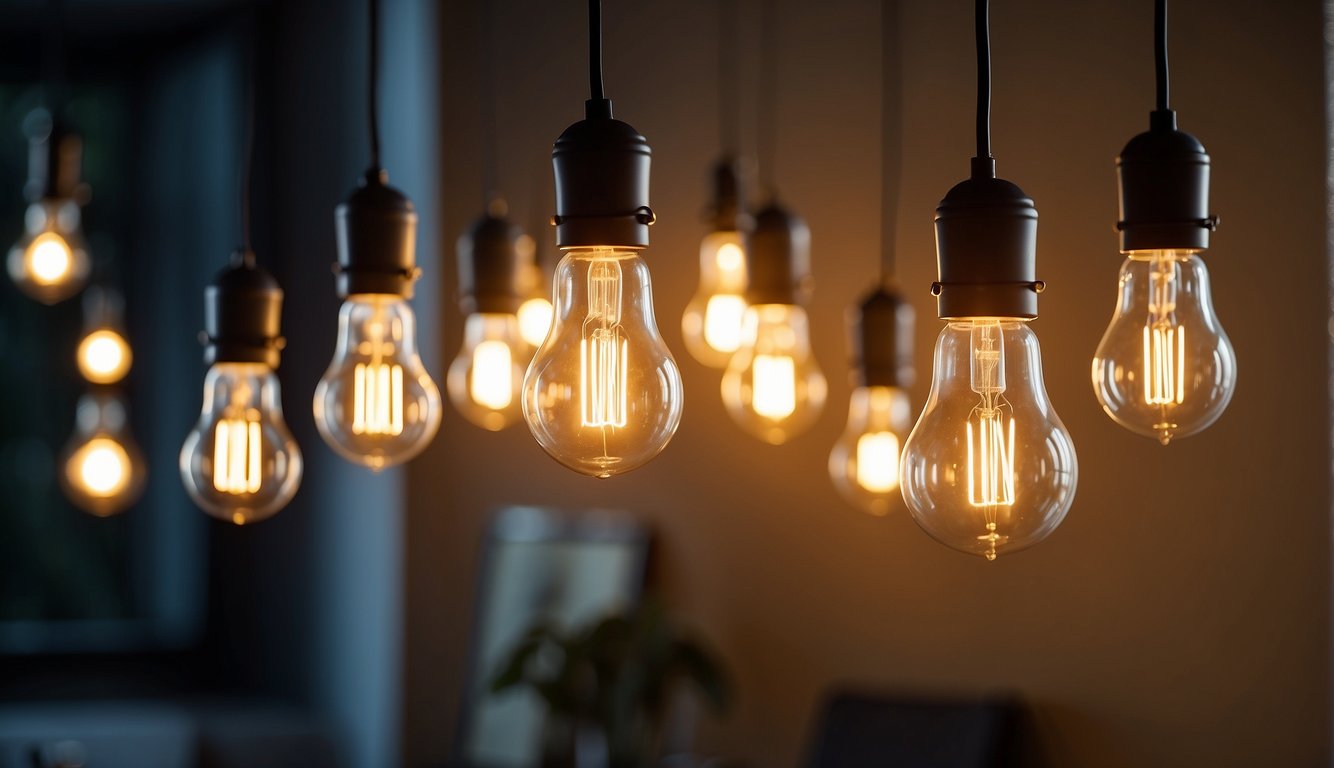
When selecting the best light bulbs to minimize the risk of triggering seizures, you should consider how visual patterns, glare, contrast, and flickering may impact someone with epilepsy. Visual patterns, especially bold, contrasting ones, have the potential to provoke seizures.
- Patterns: Avoid bulbs that cast shadows creating patterns with high contrast.
- Glare: Choose bulbs with a soft glow to reduce harsh reflections.
- Contrast: Opt for consistent lighting that doesn’t create sharp contrasts between light and dark areas.
- Flickering: Ensure the bulbs you select are flicker-free to avoid rapid changes in light intensity.
Here’s a quick checklist of lighting features to look for:
- Flicker-Free Certification
- Low Glare Rating
- Soft White Color Temperature (between 2700K and 3000K)
- Dimming Capabilities to adjust brightness
By selecting light bulbs that emit a smooth and steady light, you significantly lower the chances of triggering a seizure related to photosensitivity. Remember to also consider the placement and shielding of lights to create an even light distribution in your space.
Choosing the Right Light Bulbs
When you’re looking for the perfect light bulbs to reduce the risk of seizures due to epilepsy, there are specific features that you must prioritize to ensure safety and comfort in your environment.
Factors to Consider When Buying Bulbs
There are several key factors to consider when selecting light bulbs if you have epilepsy:
- Flicker Rate: Choose bulbs with a low flicker rate to minimize the risk of triggering seizures.
- Brightness: Opt for bulbs that offer adjustable brightness levels.
- Color Temperature: Bulbs with a warm color temperature are often more soothing than cool whites or daylight options.
« MIOISY Headlamp Rechargeable Review: Top Outdoor Companion?
Light Bulbs for an RV: Choosing the Best for Your Mobile Home »
Selecting light sources that reduce glare and are flicker-free can significantly improve the safety and comfort of your living space. Incorporating dimmer switches can also provide more control over the brightness in your environment.
Recommended Light Bulbs for Epilepsy
Based on the need for steady and gentle lighting:
-
Incandescent Bulbs: These provide consistent and warm lighting, though less energy-efficient. There are options that cater to individuals sensitive to light.
-
LED Bulbs: Modern LED bulbs can be flicker-free and are more energy-efficient than incandescents. Look for LEDs with a ‘flicker-free’ label or certification.
For screen time, consider a flicker-free monitor to reduce eye strain and potential triggers. Additionally, wearing TheraSpecs glasses can help further protect your eyes from harsh lighting and flicker, especially while using digital devices.
Remember to choose a style that complements your space and adheres to the effective lighting practices that support your well-being.
Lighting Techniques to Reduce Seizure Risk
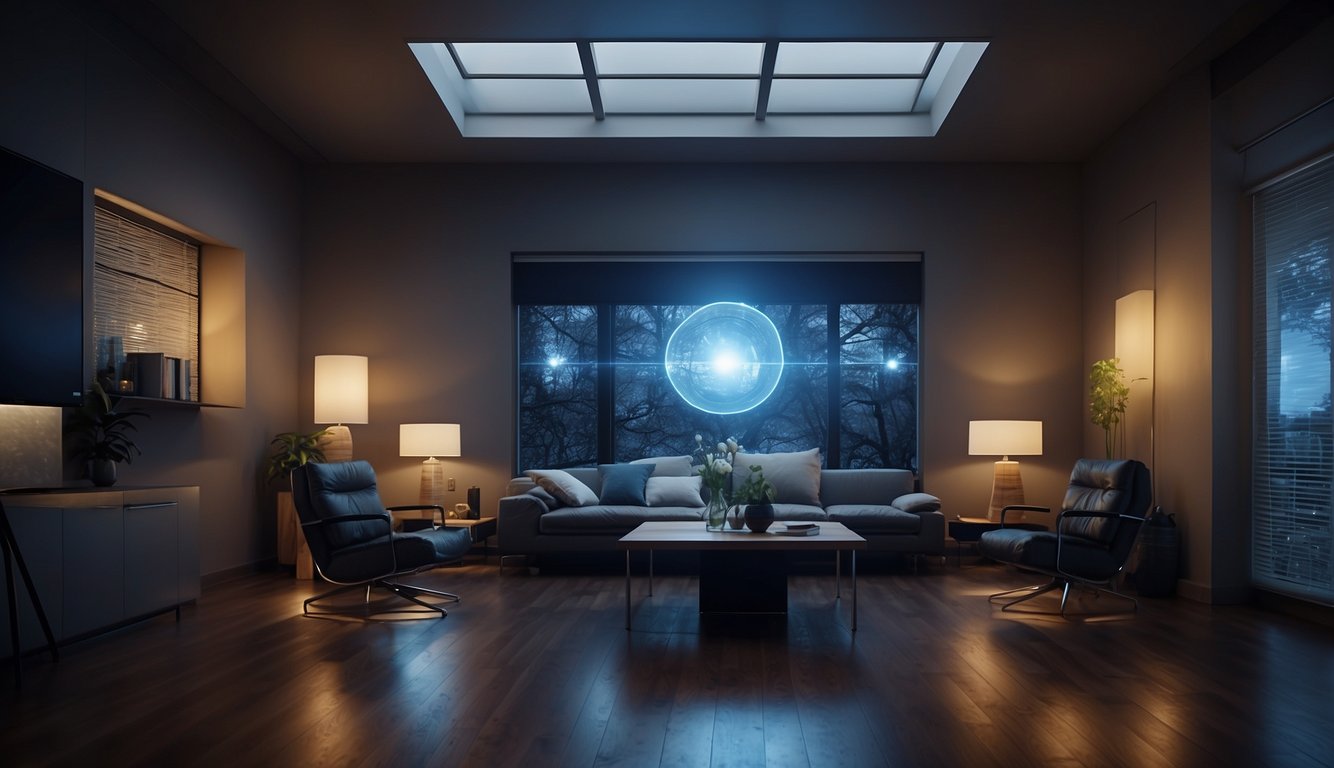
Epilepsy can make you sensitive to certain types of light, increasing seizure risk. Mindful lighting choices at home or work may help reduce this risk by adjusting the environment to your needs.
Adjusting Light Intensity
Dialing down light intensity is a key strategy for minimizing seizure triggers. You can:
- Install dimmer switches to control brightness.
- Opt for lamps instead of overhead lighting.
- Choose bulbs with lower lumen output, which emit less light.
Minimizing Glare and Flickering
Reducing flickering light and glare can also be beneficial:
- Use LED bulbs as they are less likely to flicker than fluorescent lights.
- Ensure screens have anti-glare protection and adjust the refresh rate to limit flicker.
- Wear polarized sunglasses outdoors to cut down on glare from reflective surfaces.
Non-Visual Effects of Light on Epilepsy
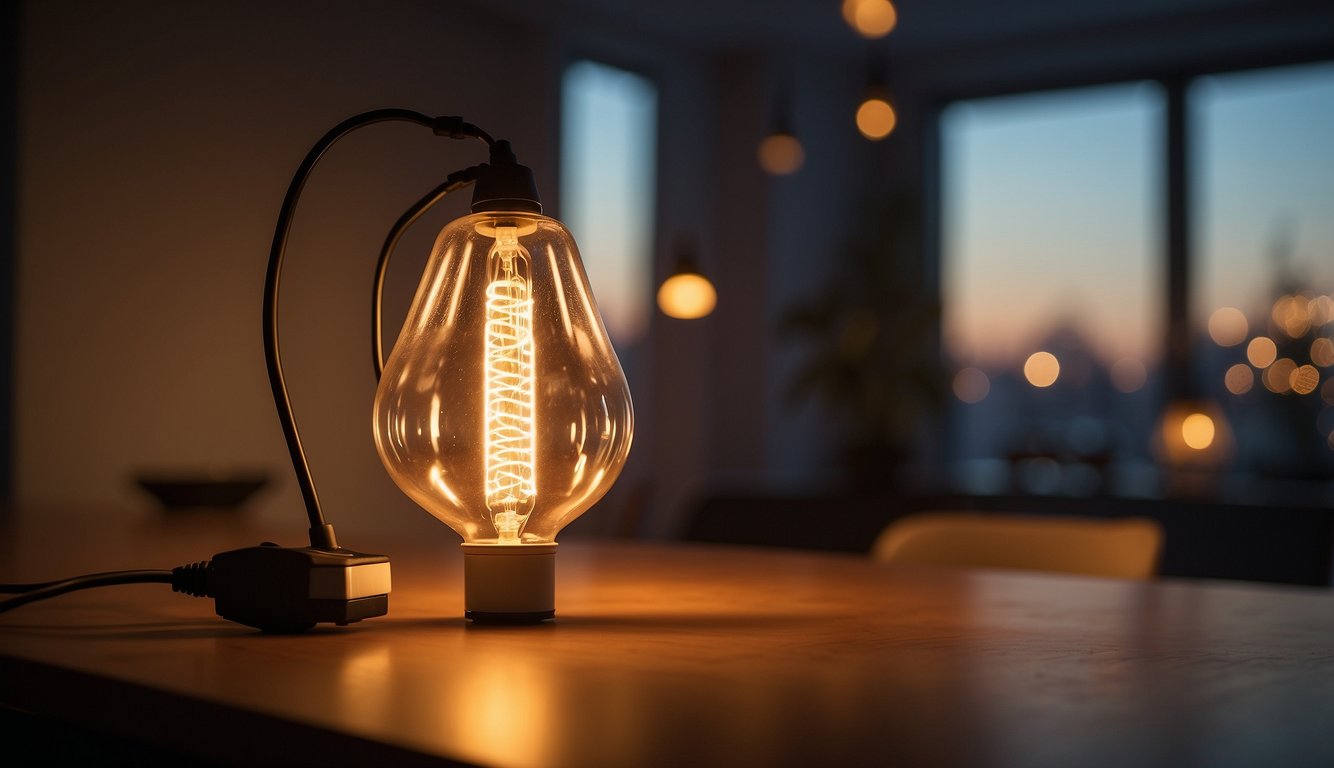
Your body’s response to light goes beyond just visual perception. Certain wavelengths and intensities of light can influence biological processes that are particularly important if you’re managing epilepsy.
Influence of Blue Light
Blue light, the type of light that’s most common during daylight hours, can have a profound impact on your body’s circadian rhythms. This light essentially tells your body it’s daytime, which can be stimulating and can influence seizure thresholds. Be mindful of your exposure to screens and energy-efficient LED bulbs that emit a significant amount of blue light, as they can affect your neurological state.
Effect of Light on Sleep and Melatonin
The light you’re exposed to doesn’t just help you see; it also affects your sleep patterns and the production of melatonin—the hormone responsible for regulating sleep-wake cycles. A well-regulated sleep cycle is crucial for managing epilepsy, as sleep deprivation can trigger seizures. Dim and warm lights can aid the natural production of melatonin, helping you maintain a consistent sleep schedule and potentially reducing the likelihood of seizure occurrence.
Technological and Environmental Considerations
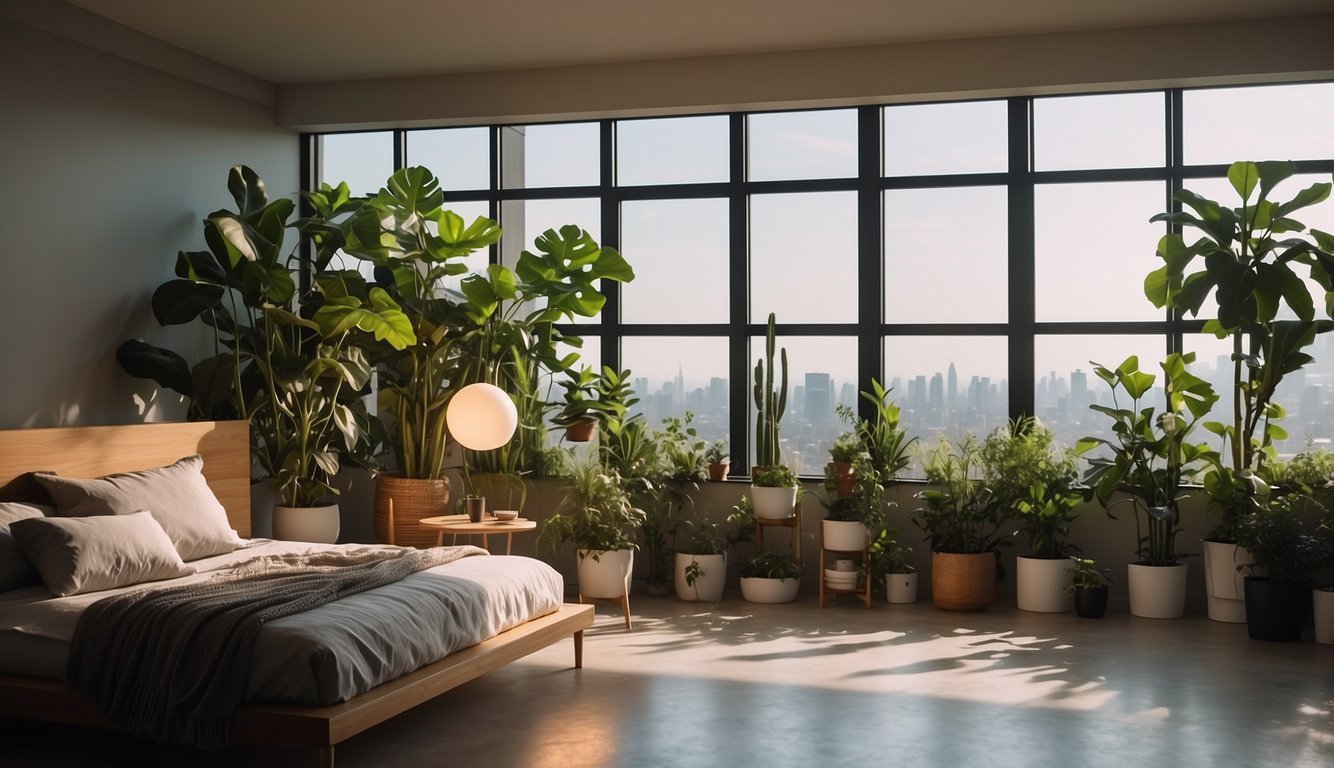
When it comes to epilepsy, the technology and environment around you can significantly influence your well-being. It’s important to be aware of how video games, screen time, and lighting in different settings can affect seizure risk.
Video Games and Screen Time
If you enjoy video games, it’s important to choose ones that minimize the risk of triggering seizures. Look for games that are free from rapid flashing or strobing effects. Managing your screen time is also crucial; take regular breaks every 15-20 minutes to reduce the strain on your eyes and brain. Recent studies have highlighted the potential risks for individuals with photosensitive epilepsy when exposed to certain visual patterns and stimuli, making it important to be discerning about the content you consume on screens, whether for entertainment or work.
- Recommendations:
- Prefer games with clear warning labels about photosensitive elements.
- Adjust the game settings to enable seizure-safe modes if available.
- Use monitors that have a high refresh rate to reduce flicker.
Lighting in Various Settings
The lighting choices in your home, school, or office can play a substantial role in epilepsy management. At school or in the office, consider using lights with adjustable brightness levels or natural lighting when possible to create a comfortable environment. At home, LED bulbs may be a good option as they typically do not flicker and can be dimmed to suit your needs. Environmental considerations like photobiomodulation have been discussed in research as a means to potentially reduce seizure occurrence, which underscores the importance of your lighting choices.
- Tips for Lighting:
- Utilize lights that have adjustable settings for brightness and color temperature.
- Opt for LED or flicker-free bulbs to reduce the likelihood of triggering a seizure.
- Look for lighting options that could support seizure management as part of your overall treatment strategy.
Specialized Eyewear and Accessories
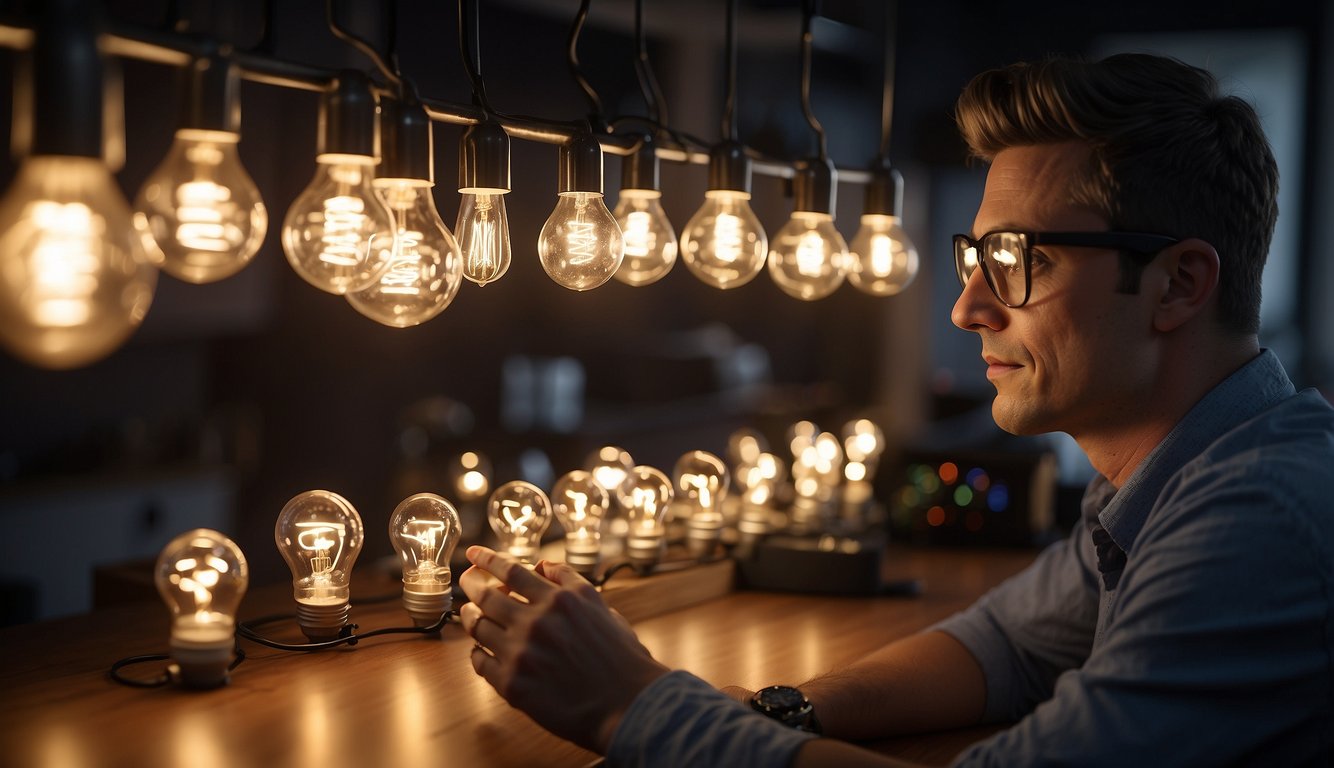
When managing epilepsy, considering your visual environment is key, and one way to do that is by selecting appropriate eyewear and accessories. Specialized eyewear has been developed to help minimize the risk of photosensitive seizures.
-
TheraSpecs Glasses: TheraSpecs are precision-tinted eyewear that may reduce the frequency of seizures triggered by light. They are crafted to filter out the harmful wavelengths of light while still being comfortable for everyday wear.
-
Polarized Sunglasses: While primarily meant for reducing glare outdoors, polarized sunglasses can also be beneficial for you if you’re sensitive to light. They help diminish the intensity of light entering your eyes and may provide some relief.
-
Style & Comfort: Accessorizing with epilepsy in mind doesn’t mean sacrificing style. Many brands, including TheraSpecs, offer a variety of frames that cater to personal styles while incorporating the protective features you need.
Ways to Integrate Specialized Eyewear into Your Lifestyle:
- Wear polarized sunglasses during outdoor activities to reduce glare.
- Use TheraSpecs indoors where fluorescent lights or screen use is involved.
- Choose eyewear that complements your personal style and fits comfortably for prolonged use.
When selecting any eyewear, it’s important to consider both the functional benefits and how they fit into your daily life. Always check with your healthcare provider to find the solution that works best for your specific needs.
Coping Strategies and Alternatives
When it comes to living with epilepsy, managing lighting is crucial. Below, you’ll find specific strategies to help reduce your risk of seizures due to light sensitivity by making some adjustments in your environment and lifestyle.
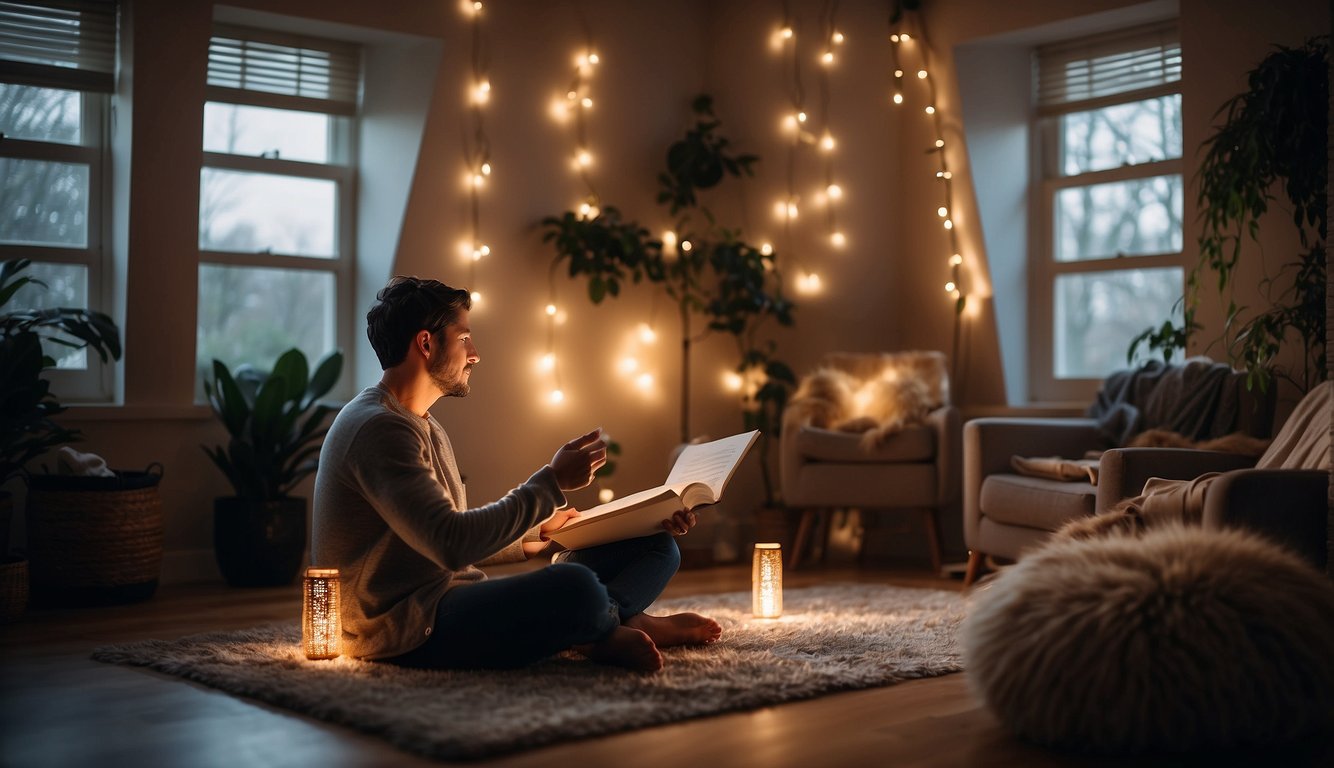
Managing Exposure to Triggering Lights
Mitigate the risk of exposure to lights that may trigger seizures by using bulbs with adjustable brightness levels and colors. Incorporate lamps that can be dimmed or have settings to reduce blue light emissions. Consider applying anti-glare filters to screens and wearing polarized sunglasses outdoors or under harsh lighting. It’s also beneficial to take periodic rest breaks in dimly lit environments to decrease the likelihood of photosensitive reactions.
Lifestyle and Behavioral Changes
To lower stress, engage in relaxing activities, and ensure you get adequate rest, as fatigue can be a significant seizure trigger. Try incorporating stress management techniques such as deep breathing, mindfulness, or yoga into your daily routine. Some people find that covering one eye can reduce the impact of flashing lights. Safety in your living space is paramount, so arrange your environment with soft lighting and avoid reflective surfaces that can cause glare. Wearing clothing that shades your face and eyes can also be a protective measure when you’re outside. Remember, these changes in your environment and behavior can serve as robust tools to empower you in your daily life.
Medical and Professional Advice

When choosing the best light bulbs for your needs, especially if you have epilepsy, consulting with medical professionals is crucial. Their advice ensures the choices you make are informed by reliable diagnostic tools and tailored to your specific condition.
Consulting with a Neurologist
Your neurologist is the go-to expert when you need advice on epilepsy management, including the impact of lighting on seizures. They will understand your medical history and can provide personalized recommendations on lighting choices to reduce seizure risks.
Evaluating with an Electroencephalogram (EEG)
An Electroencephalogram (EEG) is an essential tool a physician may use for the diagnosis and understanding of your seizure patterns. This test tracks electrical activity in the brain, pinpointing potential triggers for seizure events, and can guide the choice of lighting in your environment.
Addressing Seasonal Affective Disorder (SAD)
If you’re dealing with Seasonal Affective Disorder (SAD), finding the right light therapy lamp could make a significant difference in how you feel. SAD can cause mood swings, fatigue, and a lack of energy during certain times of the year. Fortunately, light therapy is a recognized method to combat these symptoms.
Light Therapy Lamps: These mimic natural daylight and can help regulate your body’s circadian rhythm. When using a light therapy lamp, it’s important to choose one with the right intensity, which is typically around 10,000 lux, and to use it for the recommended duration, often 20-30 minutes a day.
Best Time for Use: Timing is crucial—using your lamp right after waking up seems to be the most effective.
Approved Products: Consider lamps like the Boxelite, designed to offer bright light without UV rays—this is particularly important for individuals concerned about epilepsy, as UV exposure can be problematic.
Remember to prioritize safety and consult your healthcare provider before starting any new treatment for SAD, especially if you have a history of epilepsy. They can advise on suitable products that minimize any potential risks.
